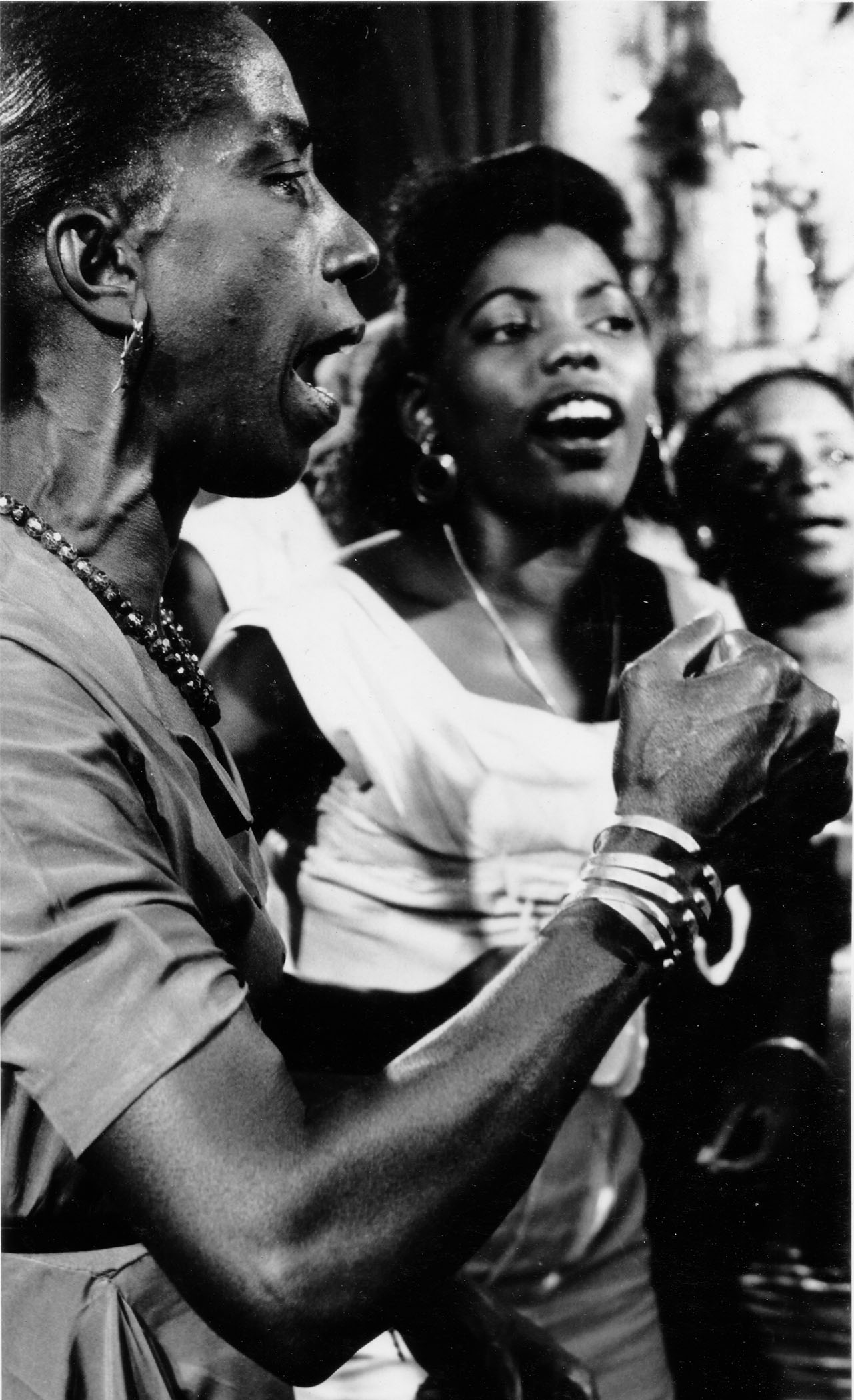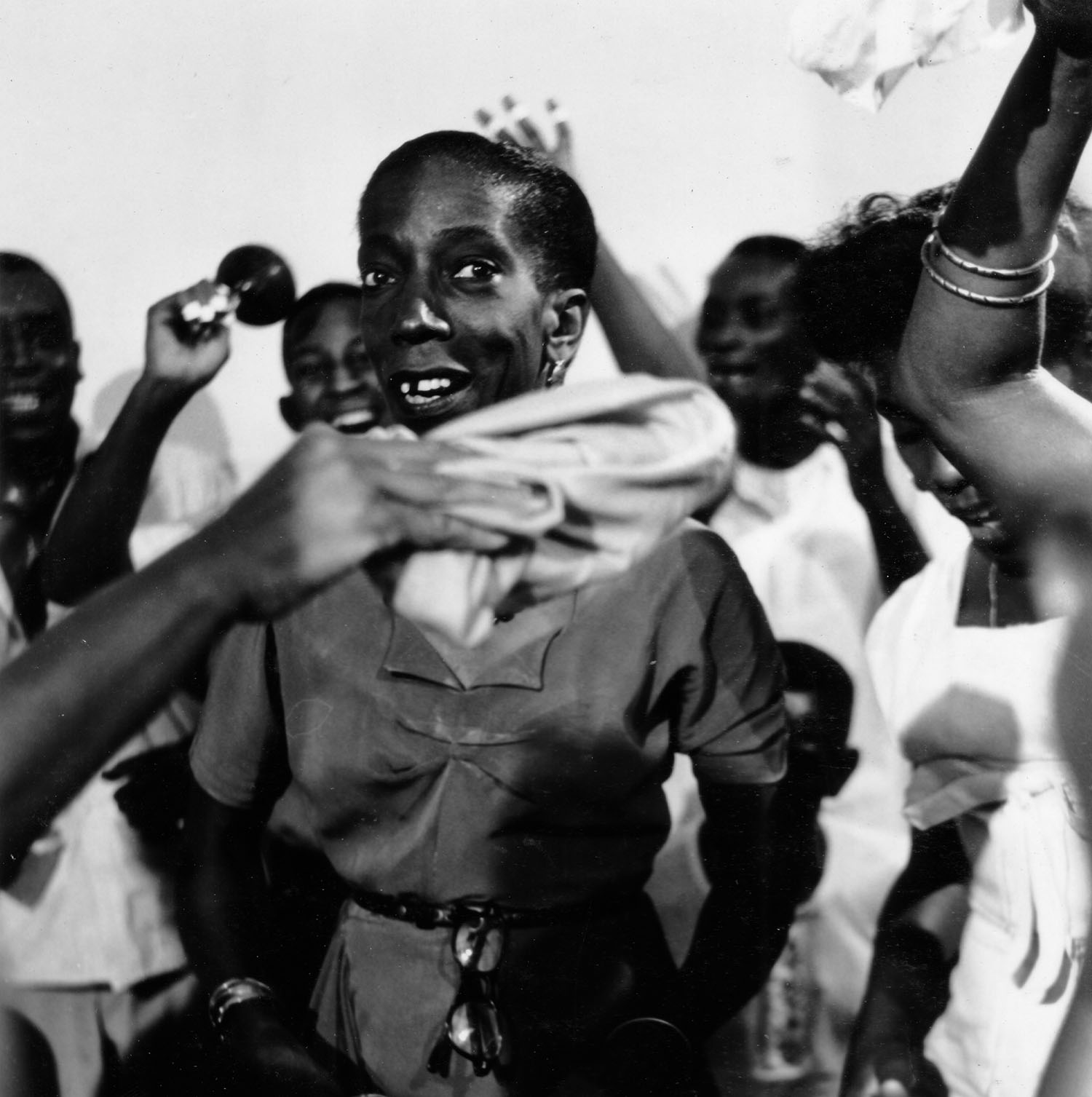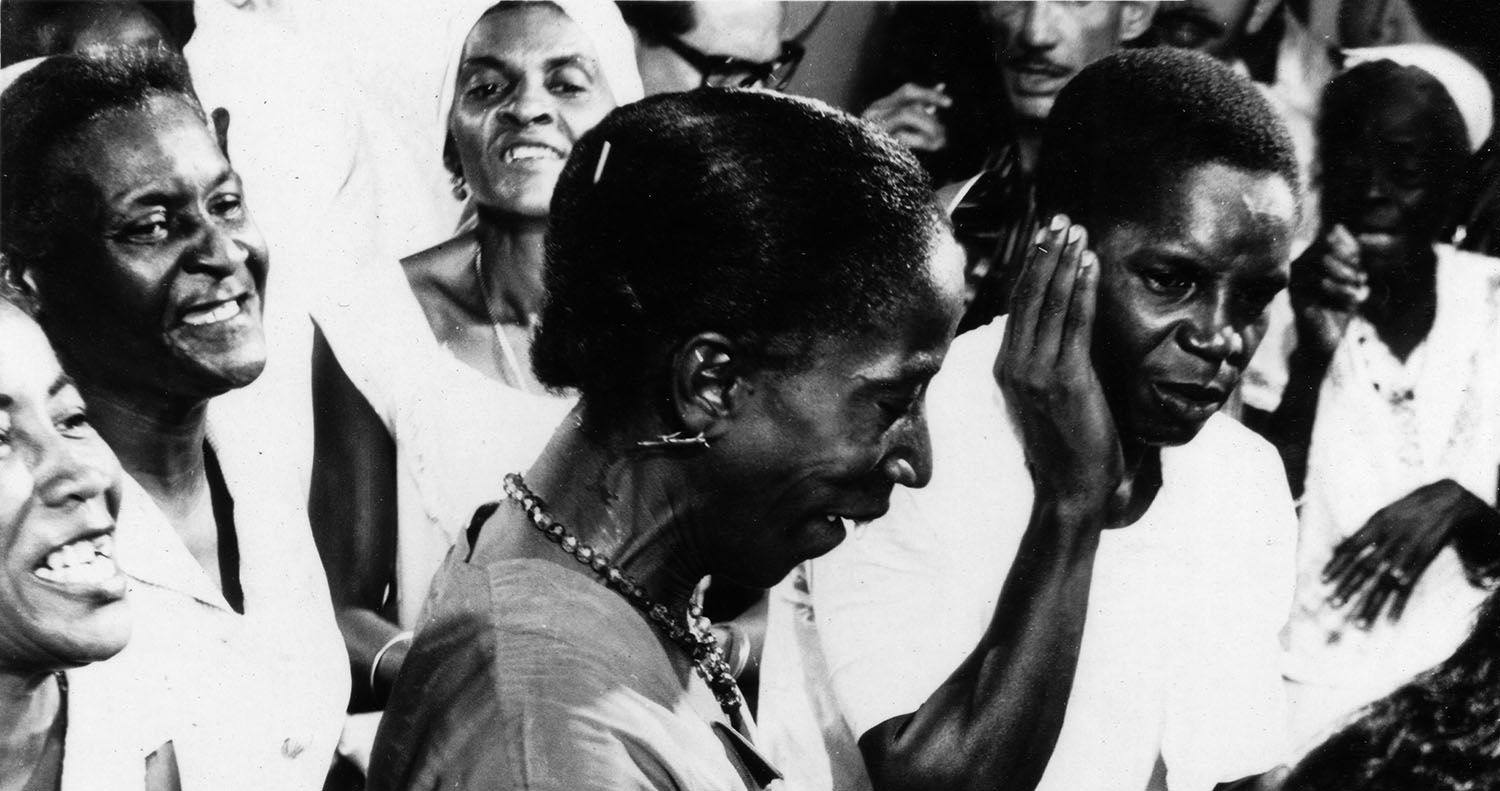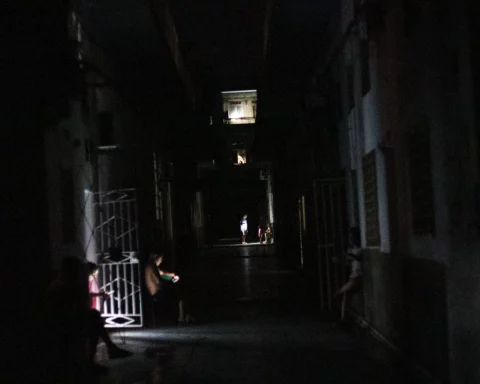The photographic work of Alberto Díaz Gutiérrez, Korda (Havana, September 14, 1928 – Paris, May 25, 2001) always reveals unsuspected surprises in the images that his lens was able to capture from the beginning, directing our gaze towards what we have not been able to perceive and that he it gives us to get the astonishment before the beauty.
It can be seen in his first jobs in the world of advertising, when in 1954 he founded the Korda Studios and very soon he became a precursor of fashion photography in Cuba. His performance in this segment reached the level of international standards, elevating it to the category of art.
In Korda’s photographic work, two prominent discursive lines are distinguished that, in succession, show his participatory insertion as a man of his time: feminine beauty, and the initial epic of the Cuban Revolution with its leaders and the people. The universally known highlight of his work is the photography of Ernesto Che Guevara taken on March 5, 1960 during the funeral of the martyrs of the steam sabotage La Coubre. His shrewd and profound gaze knew how to find beauty in the daily epic of simple people, while, as a photojournalist, he bequeathed the images of the great leaders and protagonists to political history. To this he added his passion for the sea, making underwater photography not only a source of enjoyment, but also a line of work, especially the realization of the photographic atlas of the corals that inhabit the seabed of our archipelago.
Those who knew him assure that he always sought to capture beauty in its broadest sense, and also personal, in his photos. She poured into his framing and composition style, her elevated perception of the aesthetic, which far transcended the common patterns and stereotypes of the time in which she lived. Her visual approach to the world of Yoruba liturgy, of Santeria, through a ceremony, could constitute a reaffirmation of the broad range of her artistic sensibility.
In April 1960 the magazine INRAone published Bembe, a text signed by the notable Cuban musicologist Odilio Urfé, which transcended the strict limits of a standard article to become, in addition to teaching material, a powerful photographic essay. Korda captures the images during a religious ceremony, which Urfé defines as “… liturgical complex, characteristic of the Afroid group Lucumí (Yoruba) [que] it is cultivated and maintained throughout the Cuban territory…(…).” It was a bembé that was celebrated in the premises of the Sociedad de la Comparsa Típica El Alacrán, in El Cerro, a neighborhood with great folk traditions.
Korda captures the emotion and uniqueness of each moment, from the start of the Lucumí party when the akpwon brings his right hand to his ear, looking for concentration, a gesture that announces the beginning with the song and plays Elegguá, owner and lord of the roads. The camera manages to convey the strength and skill of the olú-batá, the impetuous gestures of those who play the güiros or chequerés, the pagan joy that invades the participants while the choirs sing and enjoy the beating of the drums.
Urfé writes about Korda’s images: “These photos have the extraordinary significance that they were taken in the normal development of an authentic “Bembé” [sic]which jubilantly crowned a ceremony called “giving feathers to the saint” begun two days before, since the preparations and preliminary “work” demanded it.”
Korda’s gaze avoided any flirtation with trivializing folklorism: more than liturgical objects, ornaments or sacred figures, the photographer focused his lens on emotionality and dedication to the rite, to the enjoyment of the liturgy, transmitted in precisely captured gestures.
A 48-year-old woman, black and skinny, particularly attracted the attention of the photographer: she was a true legend in the rumbera and santería scene: Manuela Alonso (Havana, June 17, 1915 – May 7, 1999 ), who has gone down in rumba history as one of the most important guaguancó and yambú dancers in living memory.
Contemporary with lineage figures, rumbera like Benito González, Snoring; René Rivero, Estela (Ramona Ajón), Andrea Baró, just to name a few, Manuela known as Cara’caballo, was in the 30s, a young party girl who was already being talked about a lot. She stands out very early in the Havana Carnival when she, together with Nieves Fresneda, collaborates with María Carballo to found the legendary comparsa The Boyerasrecreating one of the oldest female trades in the capital: the seller of tortillas, buns with a face, fried foods and other delicacies that came out of her traveling stoves.
Another great rumbero, Silvestre Méndez, attested to the fame that Manuela Alonso had achieved by then, and in his memories, he links her to an important event for Afro-Cuban music: the premiere of Tambó in major black, a symphonic work by the composer Gilberto Valdés, which was produced at the Havana Amphitheater on July 25, 1940, with the participation of a symphony orchestra conducted by Gonzalo Roig and Rita Montaner in the central role. The symphony orchestra in its traditional formation was joined by a true all stars of rumberos, that Valdés was finding and locating in his repeated and feverish incursions through the Havana neighborhoods of undisputed rumbera roots. Silvestre Méndez told: “Gilberto Valdés invited me to play at that concert ‘Tambó en negro mayor’, where almost all the good rumberos from each neighborhood were present; in each neighborhood there was one or two, there were Chano Pozo, Roncona, Manuela Alonso ‘Cara’ecaballo’, a very famous rumbera santera…”.two

Manuela Alonso goes down in history when she joins the great Chano Pozo, at the beginning of the 40’s, forming one of the most remembered rumba couples by those who saw them dance. In the legend of Drum Major of Cuba, the beautiful mulatto Cacha Martínez is mentioned much more, as her stage partner and in life, which has plunged Manuela Alonso into oblivion, who in a more rooted and authentic way made history dancing with Chano in the great rumblings of Havana. He also accompanied him during his time at the RHC Cadena Azul, during the first half of the 1940s, when they made history in the studio of that radio station, on the stages of some theaters and, in particular, in the famous caravans organized by Amado Trinidad. , founder and owner of the RHC, to take the show from his studios to theaters in various Cuban provinces.
Manuela Alonso always maintained her place in rumba royalty as the bearer of elements of undeniable authenticity. In the cinema she was called when it came to recreating rumba scenes; this is how her participation in the films is recorded It happened in Havana Y Romance of Palmar (both in 1938), Yambao (1957) and The Beauty of the Alhambra (1989).
When the National Folkloric Ensemble was founded in 1962, with the aim of bringing to the stage the indigenous rhythms and expressions of Afro-Cuban dance and musical culture, Manuela Alonso was among the great names of rumba and Afro-Cuban religions, such as Nieves Fresneda, Trinidad Torregrosa, Jesús Pérez, José Oriol Bustamante, Emilio O’Farrill and Lázaro Ros. With this musical-dance group she performs in Spain, France and various African countries. Her son was another renowned rumbero, Orlando López The dancerwho followed in his mother’s footsteps within the Conjunto Folklorico Nacional and the group Oruby Sergio Vitier.

With Estela, Nieves Fresneda, Merceditas Valdés, Celeste Mendoza, Teresa Polledo, Natividad Calderón, Zenaida Armenteros, and many others, Manuela Alonso also vindicates the place of women in the authentic rumbera scene, so underestimated for decades in an eminently patriarchal environment. male.
Sixty-one years after the publication of some of the images, Bembe, Korda’s extraordinary photographic essay was shown in all its breadth at the Casa de las Américas, in an exhibition organized by his daughter Diana Díaz and the Korda Estate, curated by Cristina Figueroa, on the occasion of the 2011 Year of the Afro-descendants, at the proposal of the United Nations. Reviewing today those photos of a bembé where Manuela Alonso is a top figure, I imagine Korda in the middle of the rattle of the batás and the frenetic sound of the chekeré, listening to the choir and watching Manuela dance a yambú. The unbeatable force that emanates from the root is what is conclusive. The unique way of perceiving reality, the sharpness in the look and the art in the composition of an image, make Bembe an extraordinary photographic essay and clear proof of the depth and breadth with which Korda could understand the aesthetics of a photograph
***
one INRA. Odilio Urfe: Bembe. Year 1. No. 4. Havana, Cuba. pps. 48-53.
two Gonzalo Martre: Rumberos of yesterday. Cuban musicians in Mexico (1930-1950). Veracruz Institute of Culture. Veracruz, 1997.

















